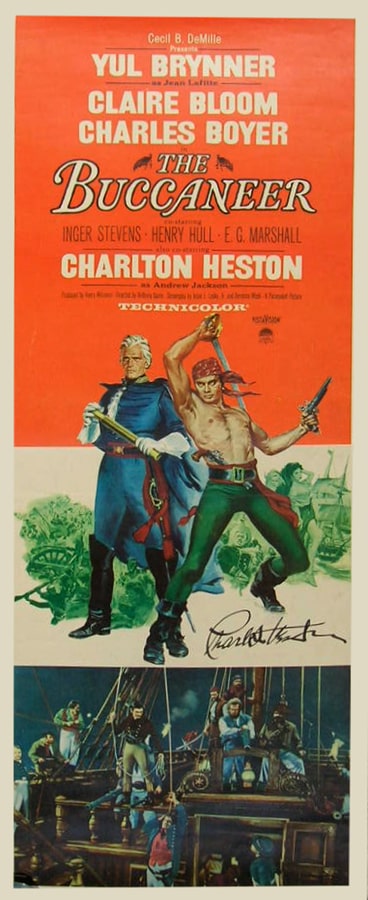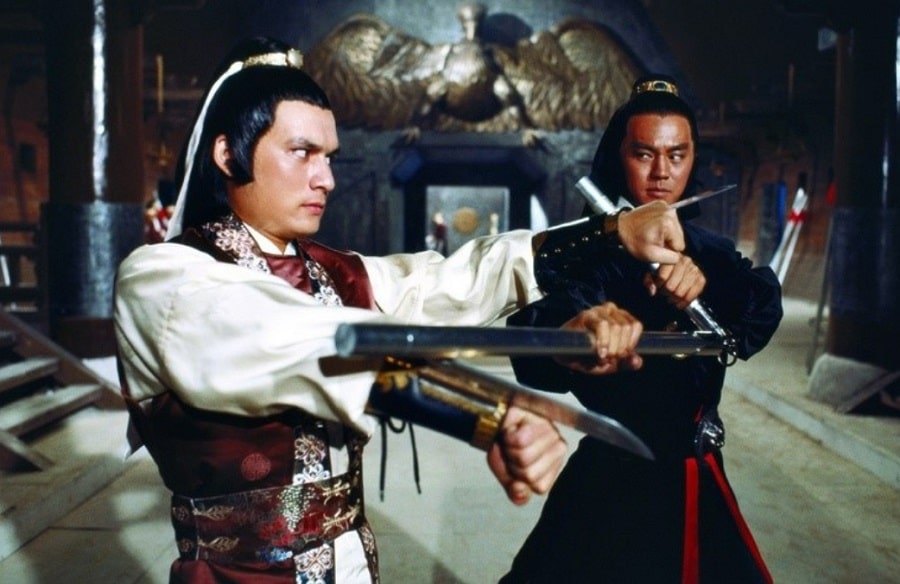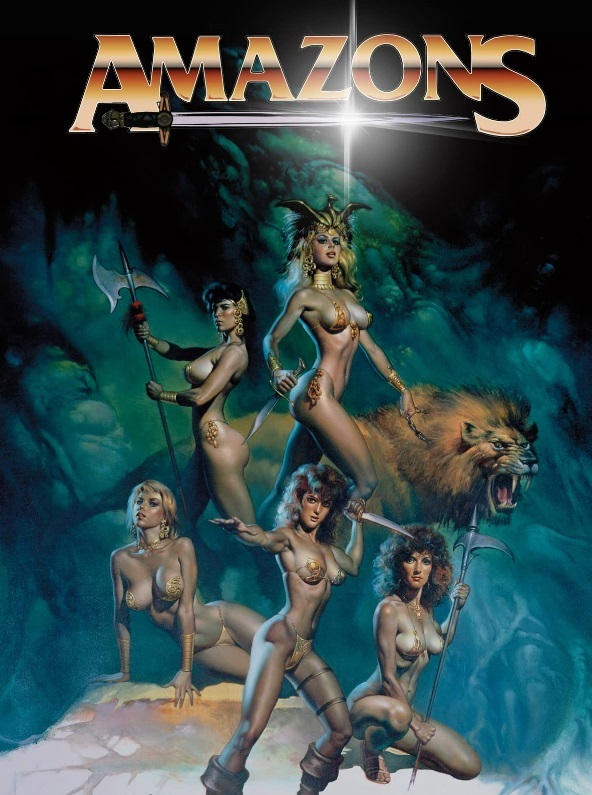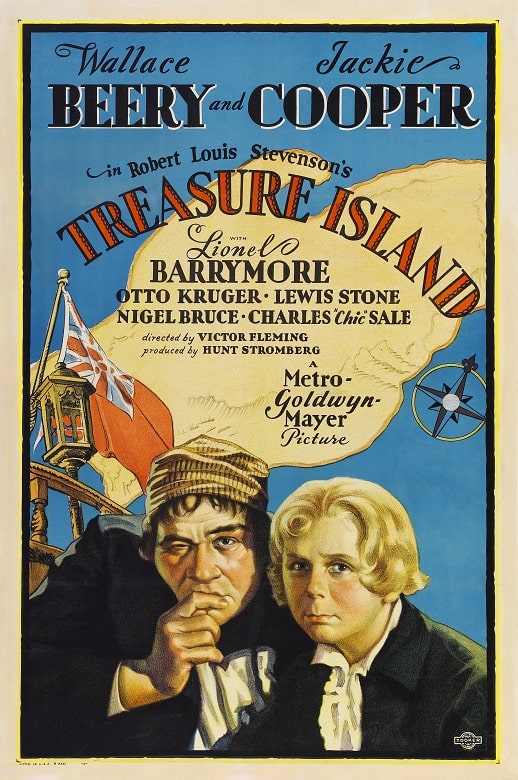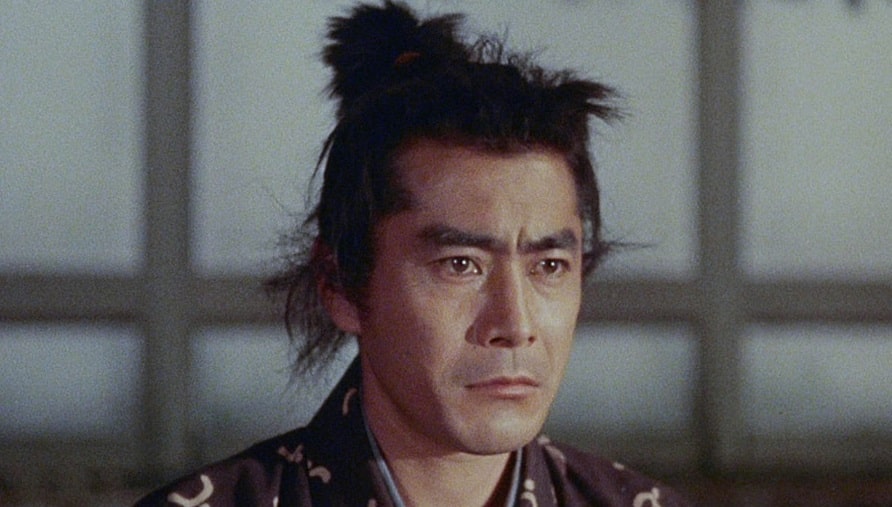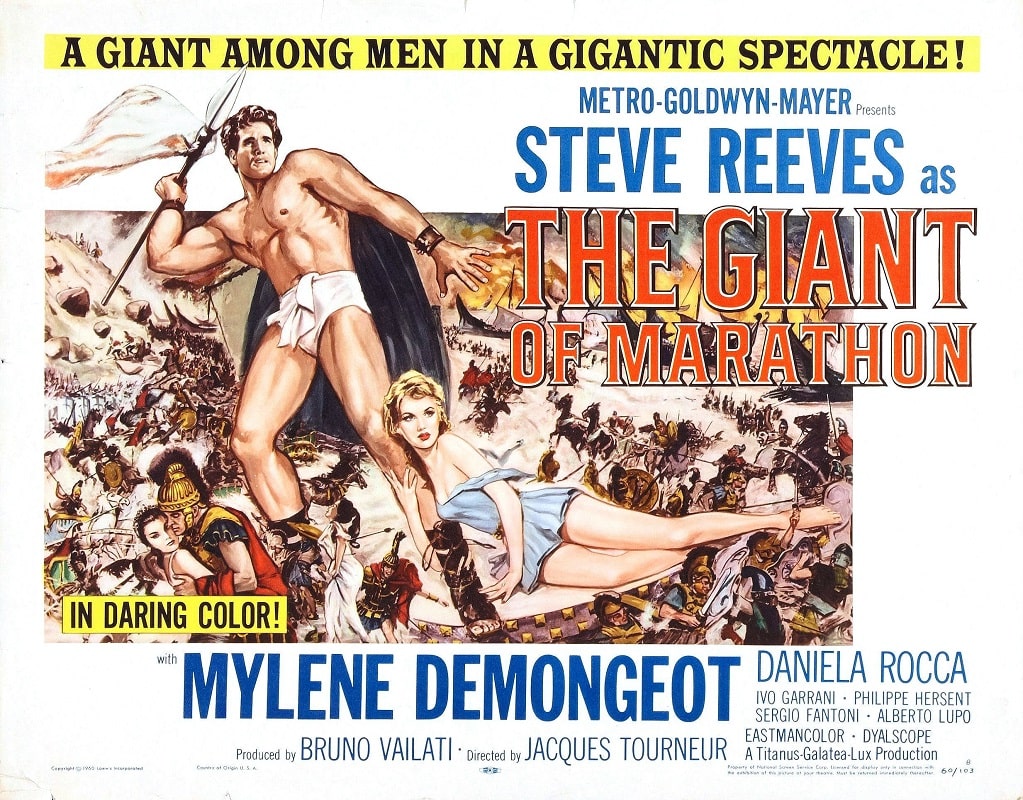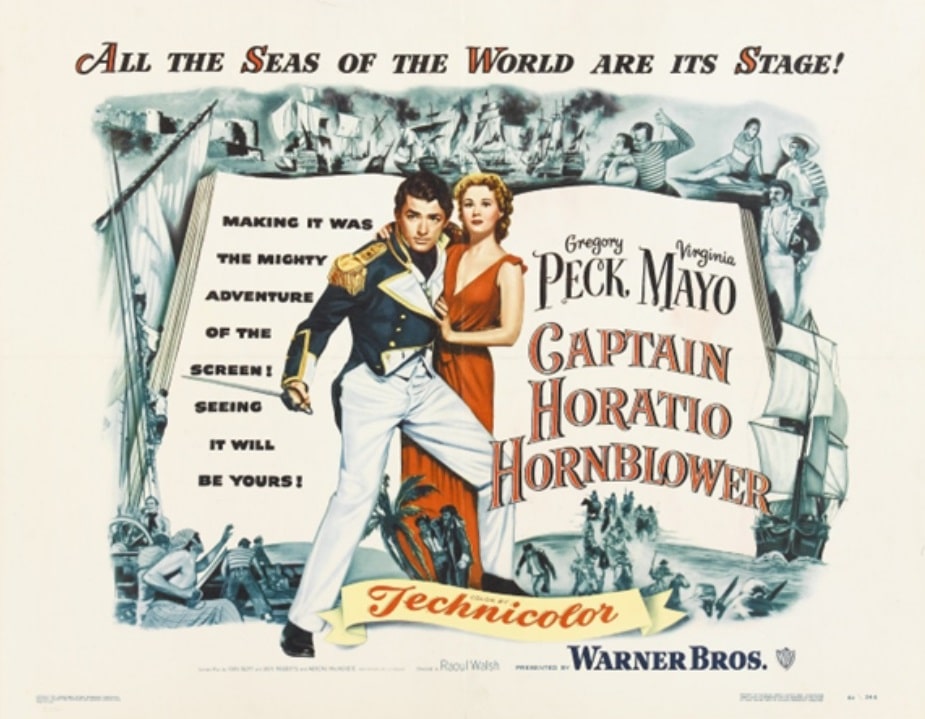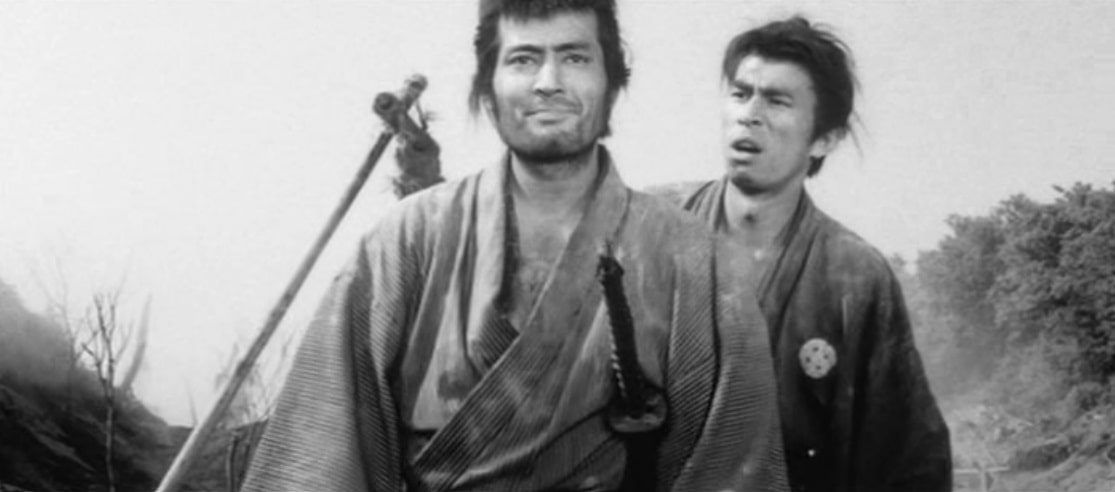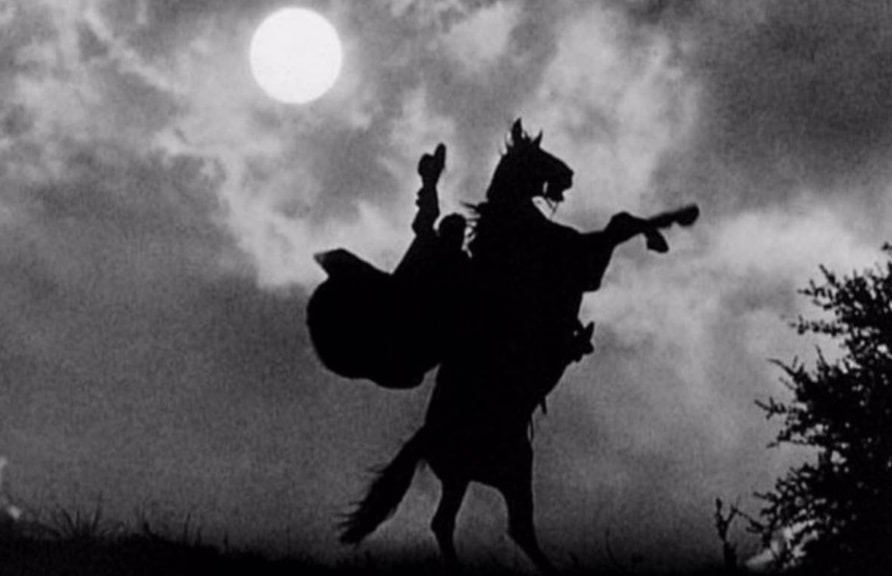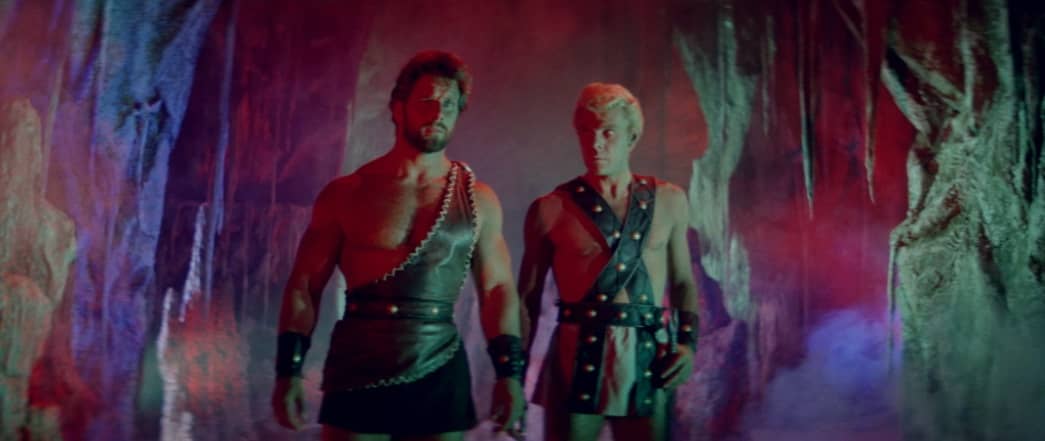Ellsworth’s Cinema of Swords: Buccaneers Three
The Buccaneer (USA, 1958)
Pirates were a popular subject in midcentury Hollywood — but piracy, not so much, because it was obviously committed by bad people who would take all your stuff, given the chance (and maybe do worse). Thus the common cinematic usage of the term buccaneer, which sounds like it just describes a gentleman adventurer with an attitude rather than someone who would casually cut your throat and throw your corpse over the side. Aye, call your pirate movie a buccaneer’s tale, and even theatrical markets in the iron grip of the Legion of Decency will smile and let your film be shown at Saturday matinees to audiences full of kiddies. All keelhauling is to be conducted offscreen, if you please.
